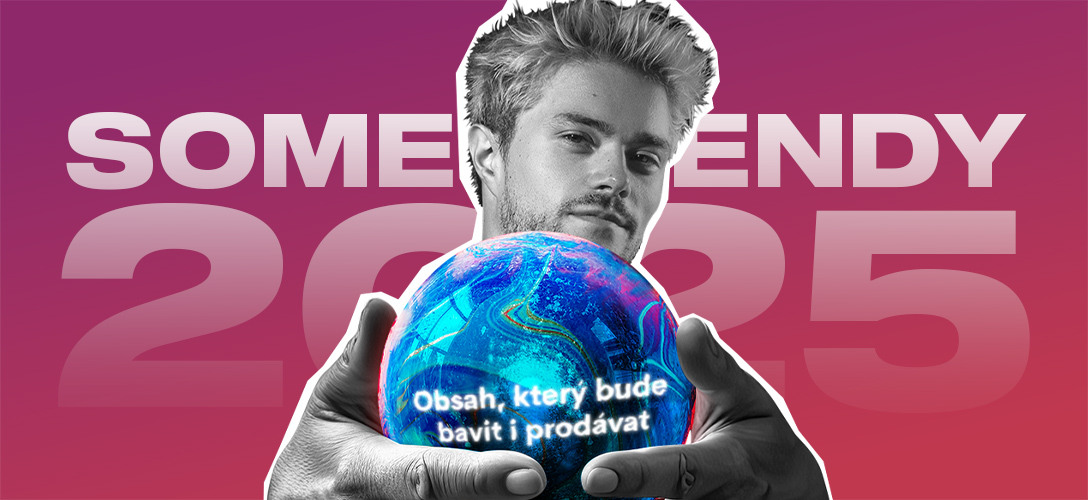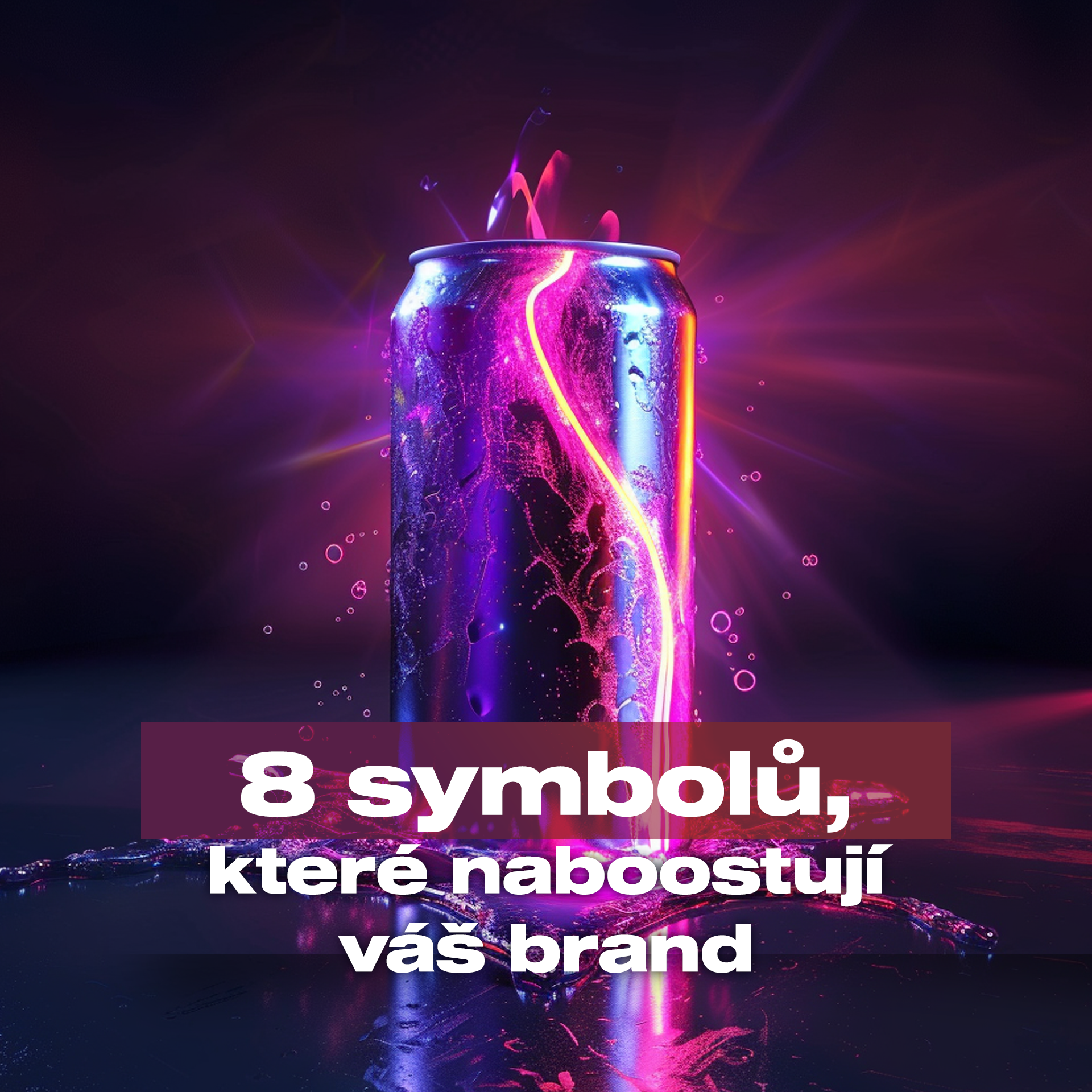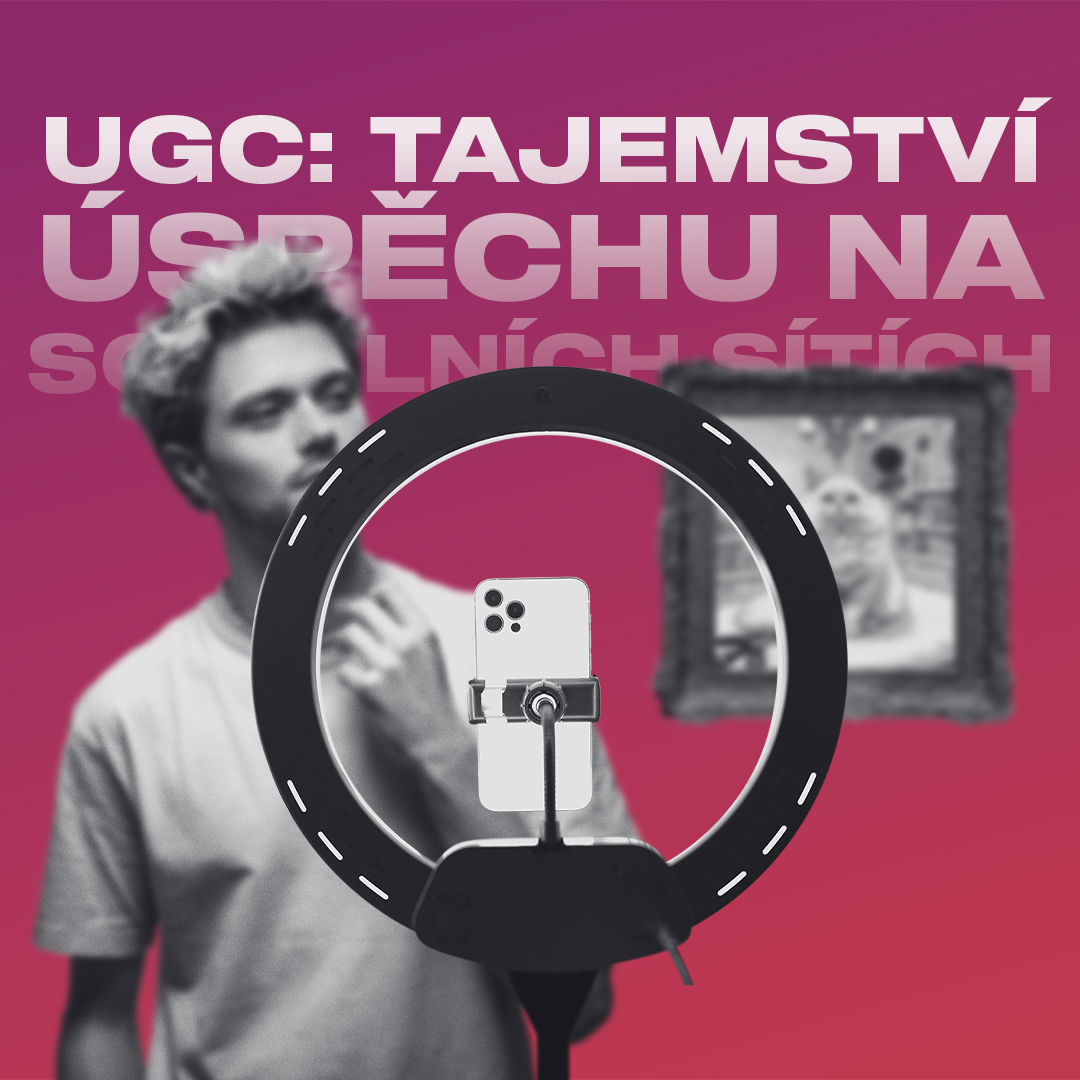Social media trends for 2025: what to expect and what to look out for?
2025 will bring many changes to the world of social media. From new technologies to changing consumer preferences, let's review what's ahead and how to prepare to keep your brand relevant.
Short videos as a stalwart of social content
TikTok, Instagram Reels and YouTube Shorts will remain the main platforms for fast and entertaining content. But if you're expecting the next wave of dance videos and makeup tutorials, you're mistaken. The year 2025 will belong to originality and the ability to entertain differently. Instead of traditional dance videos and tutorials, formats that engage viewers interactively, such as through games, quizzes or polls, can be successful. Another strong element is engaging stories that can evoke emotion, hold attention and create a deeper connection with the brand. In addition, visual creativity will work, such as unexpected cuts, original animation or engaging trends that grab viewers within the first few seconds.
Stories are among the biggest drivers of content strategy, to the point where it's impossible to overstate their importance. They can deeply affect the emotions of the viewer - whether they evoke laughter, emotion or curiosity. For example, a story that captures a real-life situation or shows an unexpected perspective on a brand can draw the viewer in so much that they not only connect with the content, but also remember it for the long term. The key is to capture attention within the first two to three seconds, as it is in this short period of time that the viewer decides whether to continue watching or skip the content.
AI as an integral part of marketing
Artificial intelligence (AI) will become increasingly intertwined with how we manage campaigns and communications. Personalisation of content will become commonplace. AI can analyse customer data, predict trends and automate many activities that would have previously taken hours.
Imagine you're managing a campaign for a new product. AI will not only advise you on what visuals will have the most success, but it will also test different versions of the ad and optimize them in real time based on actual data. This allows you to focus your attention more effectively on the creative side of marketing, while AI takes care of the analytics and technical details. It's like having an invisible partner to handle the complex tasks for you to make your strategy as effective as possible.

Authenticity first
No more perfect photos and videos - 2025 is the year of authenticity. Consumers want to see real people and real stories. That means showing what goes on behind the scenes, sharing imperfect moments and being transparent.
Authenticity is one of the greatest values brands can offer, as people crave a genuine connection with brands and are increasingly sensitive to any signs of dishonesty or manipulation. When a brand shares the stories of its employees or loyal customers, it can create deeper relationships based on trust and loyalty.
User-generated content (UGC) vs. employee-generated content (EGC)
User-generated content (UGC) is on the rise. Reviews, photos or videos from real customers bring trust and authenticity to brands. On the other hand, there is also a growing role for employee-generated content (EGC). This kind of content shows that a brand is not just about the products, but also about the people behind it. Employees can share authentic stories about their work, the behind-the-scenes of a typical day, or bring their own perspective on company values and products. Such content not only has greater credibility, but also strengthens customer loyalty, which can make them feel closer to the brand. Moreover, companies that support their employees in creating EGCs show that they value their people and are willing to share their vision and achievements with them.
Statistics and interesting facts about UGC:
93% of marketers agree that customers trust content created by other people more than content from brands themselves. (Source: Hootsuite)
UGC content has up to 4x higher click-through rates (CTR) than traditional ad formats. (Source: Hootsuite)
79% of people say UGC has a significant impact on their buying decisions. (Source: Hootsuite)
70% of consumers look for reviews and recommendations before making a purchase on social media. (Source: Social Media Today)
According to CrowdRiff analysis, UGC increases conversion rates on e-commerce sites by up to 29%.
Linking UGC and EGC brings huge potential for brands. Employees can share a behind-the-scenes look at work, and customers in turn show how they actually use the product. This mix creates an authentic community around the brand.
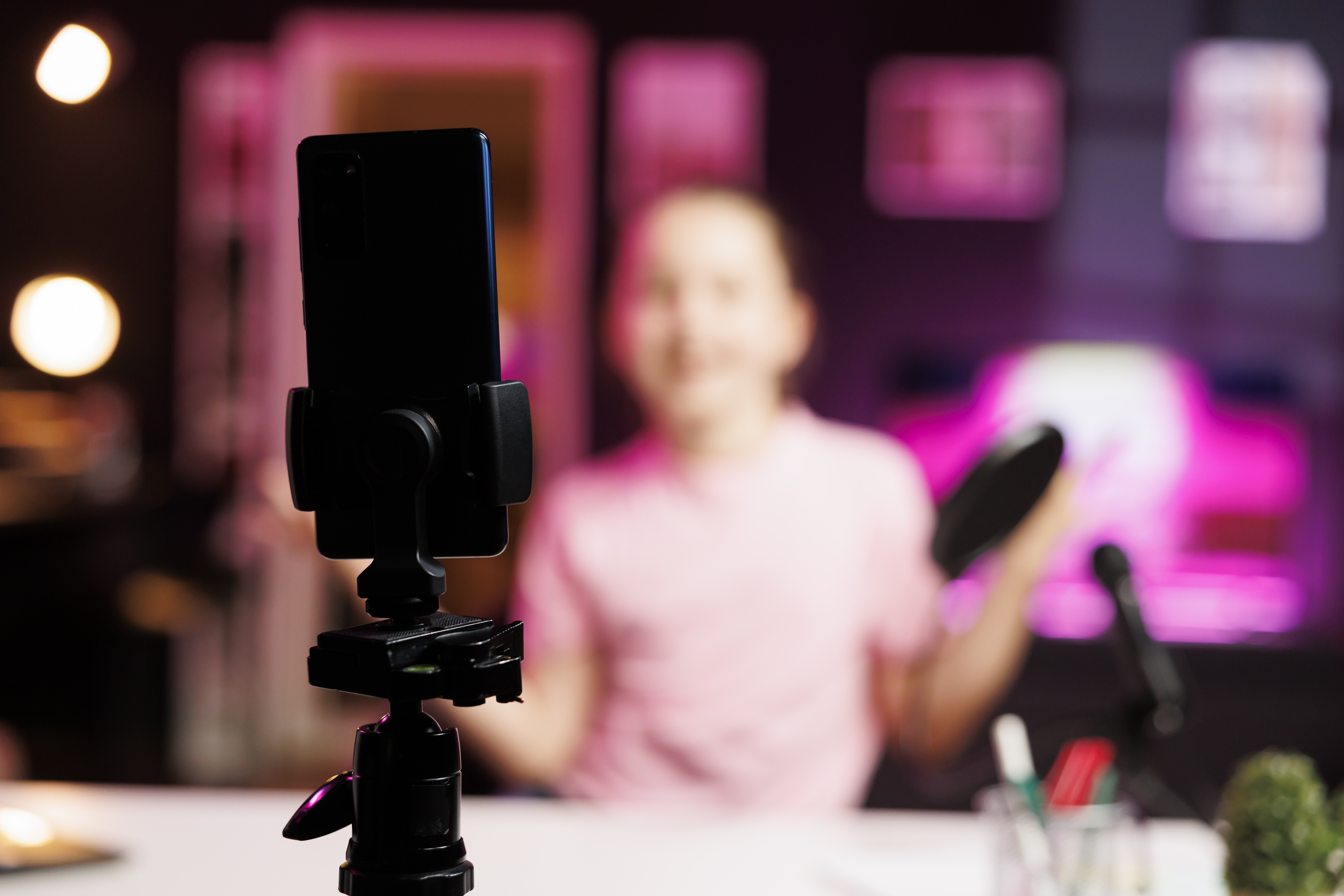
AR and VR are coming into the mainstream
Augmented Reality (AR) and Virtual Reality (VR) are not just technobabble. By 2025, brands will start using them to create memorable customer experiences. AR filters that allow you to try on products, or VR tours of interiors - this is no longer the future, it's the present.
AR and VR open up new possibilities by allowing customers to experience a product before they buy it, breaking down barriers and bringing the brand closer to the people. For example, IKEA has long used AR apps that allow customers to see what their products would look like right in their own home. L'Oréal created a virtual mirror where users can try on different shades of makeup, not only bringing products closer to customers but also significantly increasing conversion rates. These examples show how AR and VR can take the shopping experience to a whole new level while boosting customer trust and satisfaction.
Microinfluencers: The Key to Credibility
Microinfluencers, which have a few thousand followers, are a goldmine for brands due to their natural content and the high engagement of their followers, proving the well-known rule: the smaller the audience, the greater the trust.
Working with micro-influencers brings more impact than big names because their content feels more genuine, they are closer to their community and their more affordable price makes them an ideal choice for smaller brands.
Big influencers, on the other hand, are still relevant, especially for campaigns aimed at broad reach. Their use is crucial when brands want to raise awareness in a short time or promote massive events. In 2025, the key to success will be the right distribution of roles, with micro-influencers providing authentic communication to a narrow community and big influencers being used primarily for campaigns aimed at broad reach and reaching large numbers of people.

Generation Z is the queen of e-commerce
If you feel like your target audience isn't what it used to be, you're right. Generation Z, who grew up with a mobile phone in hand, increasingly prefers to shop directly from social media apps.
Statistics and research on Generation Z and e-commerce:
53% of Gen Z respondents shop for products they've seen on social media. (Source: Social Media Today)
60% of this generation prefers to shop on mobile devices. (Source: Hootsuite Social Media Trends)
35% shop exclusively on social platforms like Instagram or TikTok. (Source: Mediaguru)
Gen Z expects quick and seamless shopping processes, meaning 70% will abandon their cart if the shopping process is too complicated. (Source: AfterShip Shopper Sentiment Report 2024)
80% of this group say brand sustainability is a key factor in their purchase decision. (Source: CrowdRiff UGC Stats)
Gen Z is fundamentally changing the rules in e-commerce as their emphasis on speed, convenience and authenticity is forcing brands to rethink and adapt their strategies to meet their needs. Integrating shopping features directly into social platforms is key, as is working with influencers who can reach younger generations. Optimizing these strategies can greatly improve the customer experience and the effectiveness of your campaigns, especially if you focus on technology integration and content personalization.
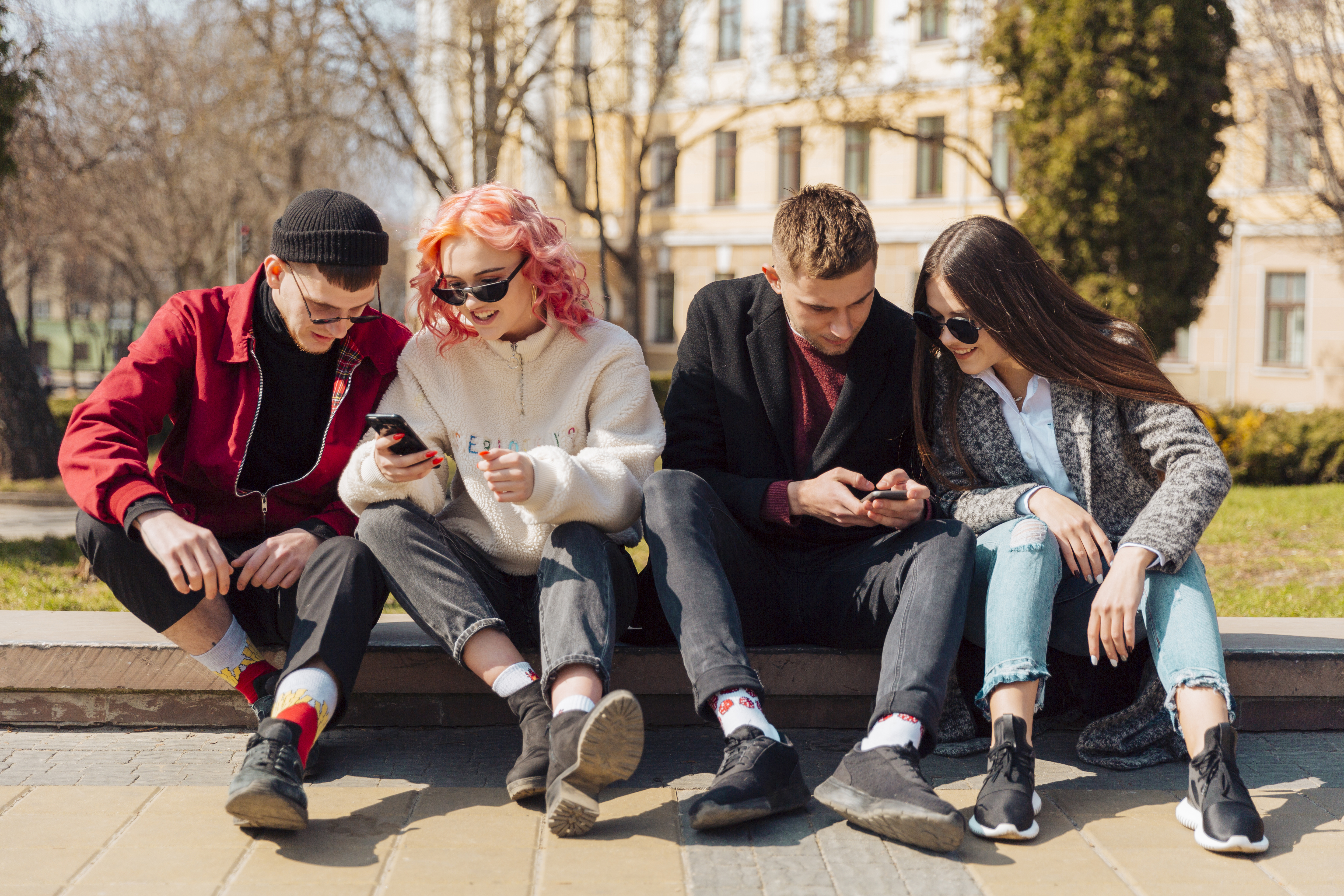
And how are you doing with communication and advertising on social media? How many platforms are you using for your brand and are they working as well as you would like? Or do you need some advice on how to communicate more effectively on social media? Email us at info@webetter.cz and we'll be happy to support you!
Resources:
Social Media Today - Predictions for 2025
Hootsuite - Social Media Trends
Mediaguru - Generation Z and e-commerce preferences
AfterShip - Shopper Sentiment Report 2024
CrowdRiff - Analysis of UGC and its impact on conversions


